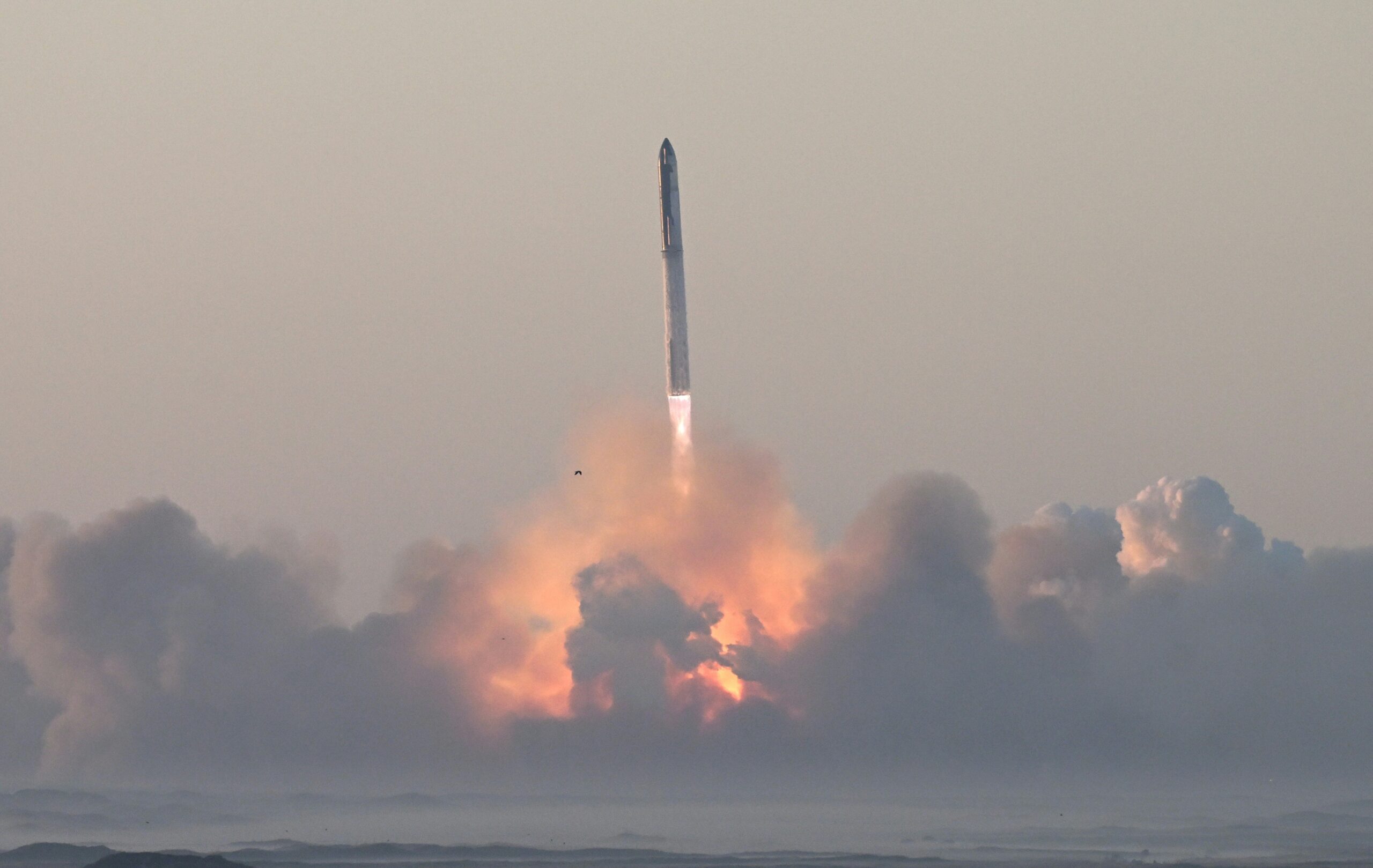2023 was a banner year for space exploration. The record for the number of people in space at the same time was broken, there were new space tourism flights and the Euclid space telescope was launched.
2024 will be just as exciting, but what awaits us?
1.- Artemis 2 will send astronauts on a lunar flyby
NASA plans to launch Artemis 2 in November 2024, to send four astronauts to orbit the Moon on a ten-day lunar flyby.
It will be the last test mission before Artemis 3 sends astronauts to the Moon in 2025, for the first time since the Apollo 17 mission in 1972.
“Together, we are ushering in a new era of exploration for a new generation of star navigators and dreamers: the Artemis generation,” NASA Administrator Bill Nelson said on April 3, 2023, during an event near the Space Center. Johnson at NASA in Houston, Texas.
Artemis 2 is part of the multi-stakeholder Artemis lunar exploration program, led by NASA and involving six other major space agencies, including the European Space Agency (ESA).
2.- More robots will land on the Moon
NASA will send several landers to the Moon in 2024 as part of the CLSP (Commercial Lunar Payload Services) initiatives. The shuttles will send robotic teams to the Moon’s south pole to collect important scientific data.
These include VIPER, a soil sample explorer, PRIME-1, which will perform chemical analyzes of ice samples, and Blue Ghost Mission 1, which will investigate the heat flow of the lunar interior.
In May, China also plans to send Chang’e 6, a robotic lunar exploration mission, to the surface of the moon.
The rover will collect the first lunar samples from the far side of the Moon. Pakistan, France, Italy and Sweden will piggyback on the mission with their instruments, including the Pakistani lunar orbiter called ICECUBE-Q.
3.- Visit to other moons of the solar system
Japan plans to launch the Martian Moons eXploration (MMX) mission to Phobos, the largest moon of Mars, in 2024. The mission provides for the landing of a robot and obtaining the first samples from the moon. The sample will contain only about 20 grams of “regolith,” or loose rock and dust from the lunar surface, which could be of great value to scientists.
NASA also plans to launch the Europa Clipper mission in October, which will orbit Jupiter and perform a series of flybys of Europa, the planet’s moon. It will make 44 close flybys of the moon and hopes to identify possible sites for future landings on Europa.
Europa Clipper will also collect data on that moon’s ice sheet and its possible oceans, the chemical compounds necessary for life and the geological characteristics of its surface.
4.- Landing on asteroids
ESA’s Hera is planned to launch to its landing sites on two asteroids called Didymos and Dimorphos in October 2024. Both asteroids are less than 1 km in diameter.
The Hera mission is the continuation of NASA’s DART (Double Asteroid Redirection Test), which impacted Dimorphos and modified its orbit in 2022.
Hera will conduct a follow-up assessment of the asteroid for planetary defense purposes. It will collect data on the mass and kinetics of Dimorphos to understand how DART modified the asteroid’s orbit. Its arrival in the Didymos system is scheduled for December 2026.
NASA’s Lucy will also target asteroid systems, this time eight asteroids orbiting Jupiter known as Trojan asteroids. Lucy hopes to gather data on the formation of our Solar System.
5.- Commercial space flights to low orbit will gain momentum
In 2024, space planes will be launched, vehicles capable of flying in low orbit and landing on Earth on conventional runways.
Sierra Space will launch Dream Chaser, a reusable space plane that takes off on a rocket. It is designed to carry three to seven crew members and can resupply the International Space Station.
To help launch spaceplanes into orbit, 2024 will see the maiden flight of a new type of launch vehicle called New Glenn. The New Glenn is designed to be a reusable launch vehicle that can send commercial spaceplanes into space, including space tourism flights.
Keep reading:
· Mexico prepares to launch the first microrobots to the Moon in a historic Latin American mission
· What hides the south pole of the Moon and why many are interested in reaching it and investigating it
· Apollo 10 astronauts heard strange “music” on the far side of the Moon
